What is the Reconquista and Why is it Important?
Contents
Reconquista indicates to a long series of wars and battles between the Catholic world and the Muslim Moors for control of the Iberian Peninsula. This lasted for the most part of the Middle Ages; from 718 to 1492. Reconquista started as a result of the Moors invading the Peninsula in the early 700s.
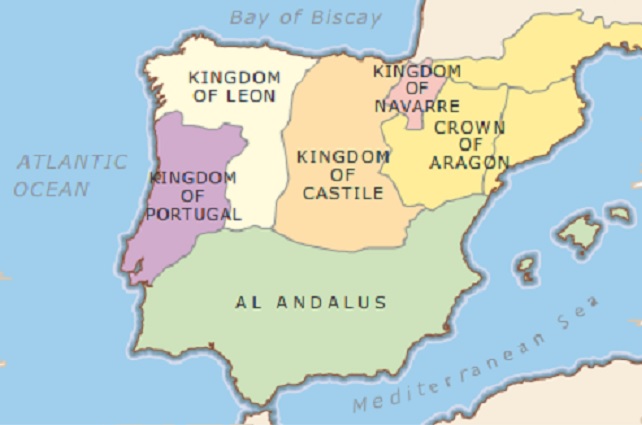
Catholics and Moors
The people who lived in and around the Iberian Peninsula, Europe, were those who belonged to the Catholic faith and wanted to keep the land for themselves. The Moors were Muslims from the African countries of Morocco and Algeria. They called the Iberian land – ‘Al-Andalus’.
The Iberian Peninsula
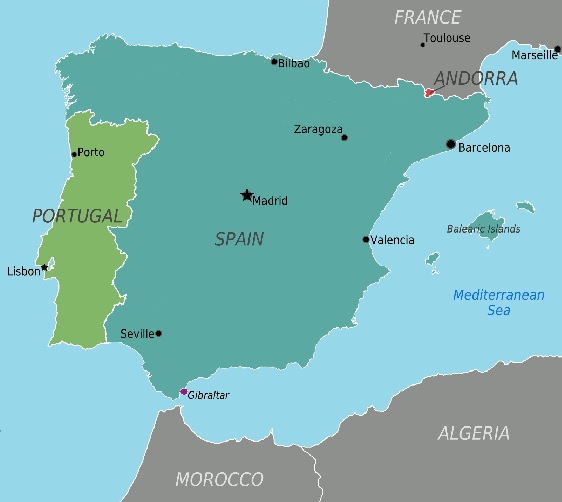
The Iberian Peninsula is located in the southwest end of Europe. It is bordered by the Atlantic Ocean on the North, West and Southwest and by the Mediterranean Sea on the East. The Iberian Peninsula is bordered by the Pyrenees Mountains on the northeast which connects it with Europe.
From the southernmost tip of the peninsula, it is only a five-mile (8kms) distance to the continent of Africa. Today, the Iberian Peninsula constitutes mainly of Spain and Portugal. It also includes the countries Andorra, and Gibraltar – which is a British Crown Colony.
What caused the Reconquista and Spanish Inquisition?
The Reconquista happened when the Spanish people gathered forces to take back their land from the Moors. It started in the early 700s. It was started by the Afonso dynasty to reconquer the peninsula for Spain and Portugal.
The Inquisition was initiated by Pope Innocent III in order to gather more people in the peninsula to follow Christianity rather than other religions like Islam or Judaism. However, in order to do than, he tortured the Muslims and Jews.
History of the Reconquista
In 711 the Moors crossed the Mediterranean Sea from North Africa and invaded the Iberian Peninsula. This was the advance of Muslims into Europe. Over the next seven years, they controlled the majority of the Iberian Peninsula.
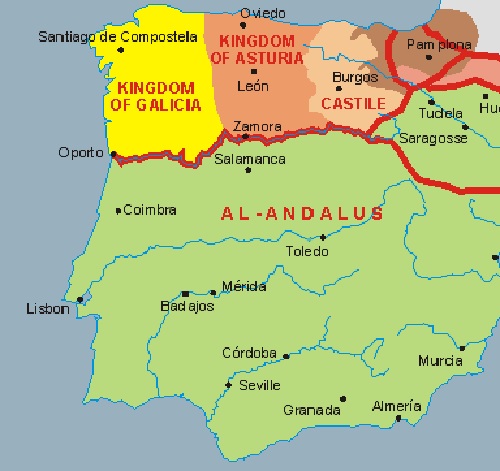
The Reconquista, (simply put-the reconquest) to regain the Iberian land began in 718 when King Pelayo of the Visigoths defeated the Muslim army in Alcamo at the Battle of Covadonga. This was the first significant victory of the Catholics over the Moors.
The First Significant Reconquista Battle: Battle of Covadonga
This was the first victory for the Catholic military force in Iberia following the Islamic conquest of Visigothic Hispania in 711–718. It was most likely fought in 722.
The battle was followed by the creation of an independent Catholic principality in the mountains of Asturias that became a stronghold for the Catholic, in resisting the expansion of Muslim rule. It was from there that the return of Catholic rule to the entire Iberian Peninsula began.
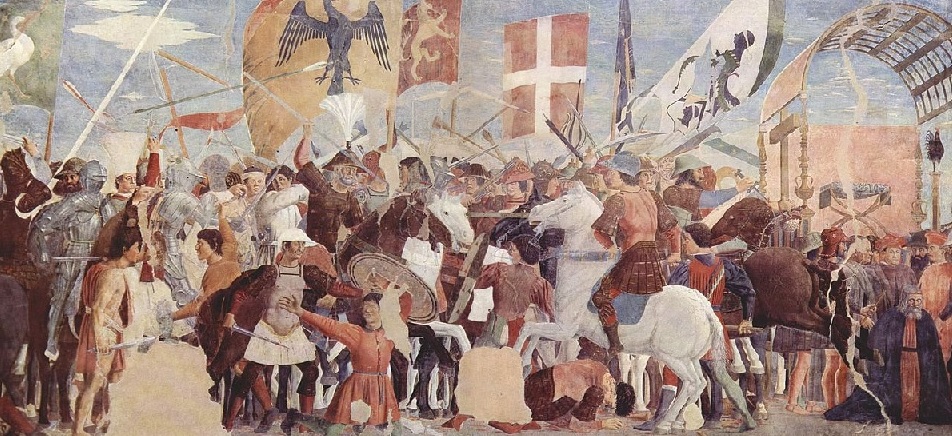
Other Battles of Reconquista
Over the next several hundred years the Catholics and the Moors fought several battles. Charlemagne, who was then known as King of the Franks halted the Moors from advancing into France. However, regaining the peninsula completely took another 700 years.
There were many battles won and lost on both sides. One of the major reasons for the Reconquista spanning across 770 years was because both the Moors and Catholics also experienced internal struggles for power.
During the latter part of the Reconquista, it was considered a holy war as the Catholic Church wanted the Muslims removed from Europe. In these battles, several military orders of the Catholic Church such as the Order of Santiago and the Knights Templar fought.
End of the Reconquista – Fall of Granada
The nation of Spain was united when King Ferdinand of Aragon and Queen Isabella of Castile were married in 1469. The land of Granada was in unified Spain. This was the last piece of land that was still ruled by the Moors. Ferdinand and Isabella together turned their forces against Granada, taking it back in 1492 and ending the Reconquista.

Effects of the Reconquista
The Reconquista had significant effects on the Muslim and Christian people. It decreased the population of the main cities of the Moorish Caliphate, namely, Granada, Cordoba and Seville. It also concentrated power and money in the hands of a selected few. The Reconquista, thus, had great economic consequences.
Large sections of the Spanish population could access most facilities when the age of Industrialization in Spain began. There was also widespread political unrest which took a long time to settle.
Who won the Reconquista?
The most significant victory of the Reconquista was the Cristian victory over the moors by King Pelayo of Visigoths. He defeated the Muslim army in Alcama. It was the first major victory of the Christians over the Moors.
How long did the Reconquista last?
The Reconquista spanned over a long period of time, around 780 years.
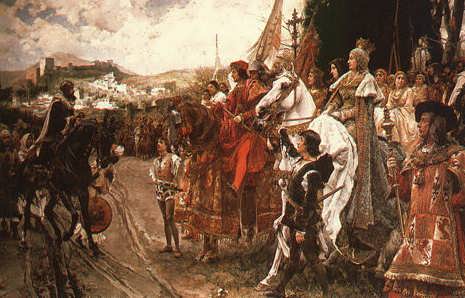
Timeline of the Reconquista
To have a high-level view of the timeline of the Reconquista between 700-1000, the Muslims conquered and held most of the Iberian Peninsula. Between the years 1000-1492, the Catholics reconquered the Peninsula. The other events in this timeline that were significant to the Reconquista are as follows:
1085 – Castile won against the Moors. This inspired other Catholic kingdoms to fight.
1140 – Portugal became an independent nation.
1269 – Most of the Iberian Peninsula was retrieved by Catholics except for Granada
1469 – Ferdinand, King of Aragon and Isabella, Queen of Castile got married. Their marriage united their two kingdoms into Spain.
1492 – Ferdinand and Isabella conquered Granada putting an end to the Reconquista.
At the end of it all, caught between the numerous battles were the commoners who now had adapted to the religion their heart rung true to. The end of the Reconquista brought harsh treatment on anyone who did not abide by the Catholic faith.
These non-believers – mainly Muslims and Jews, were forced with only two options of conversion or emigration. As a result, many people chose to leave the Iberian Peninsula.
